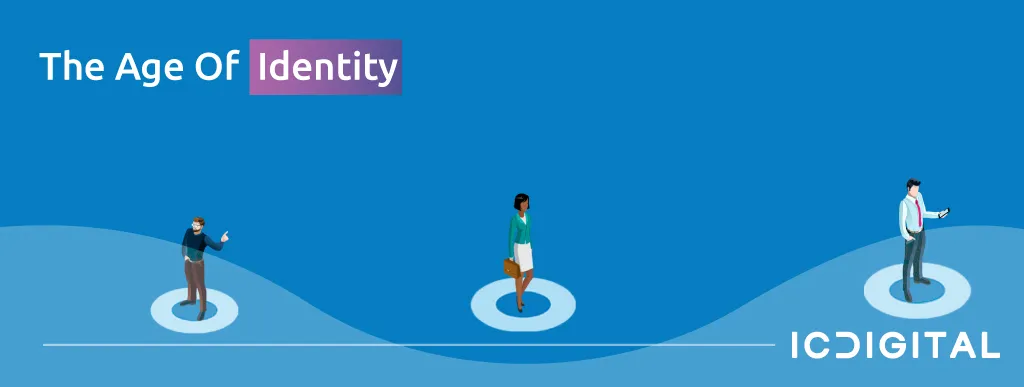
The New Age Of Identity For The New Perimeter

What Is Identity?
In the past, computers sat in separate offices across the hall, or on individual desks, within company walls. Employees signed onto a computer and stayed there until five o'clock. Then they went home and did other things. The current reality is much different. Today, everyone is a digital citizen. People are accessing apps, services, and networks from their laptops, smartphones, tablets, and wearables. And they're using them with or without an enterprise VPN while they work from home.
It’s time to rethink how you design your access management strategy and start thinking about identity as a core part of your business. With a good identity and access management system, analytics can be employed and access policies can be built across scenarios, such as whether or not a user is currently using a personal cell phone, with the same operating system version.
Identity Is The New Perimeter
In the past, you could rely on a network perimeter established by your physical location to protect you, but today everything is moving to the cloud. The modern enterprise requires a unified security solution that can adapt and self-heal in the face of dynamically changing threats.

What are the features of a modern identity platform?
Identity is the foundation of security. It is the focal point of digital experience and the starting point for strategy. You have to simplify security deployment and address evolving identity needs. The modern identity platform must have the below features:
- Unified: roll up all of your personas and profile them to organizations, allowing them to centralize security operations and manage security from a single place.
- Extensible: have the flexibility to support customization, extension, and building solutions with no-code, low-code, and pro-code capabilities.
- Integrated: able to integrate with the enterprise ecosystem including third-party apps and SAAS applications thus expediting future project rollouts and enabling a seamless user experience.
Takeaways
Centralized identity management software boasts several advantages, including the following:
- Lead the roadmap to solution consolidation
- Reduced complexity in the tech stack & infrastructure
- Ability to act proactively to IT security concerns
- Enhanced security and privacy
Okta reduces administrative burden and increases efficiency by unifying single sign-on, user and group provisioning and administration, multi-factor authentication across on-premises and cloud applications.
Take the Workforce Identity Assessment and know where your organization stands in the Identity Maturity Curve.
